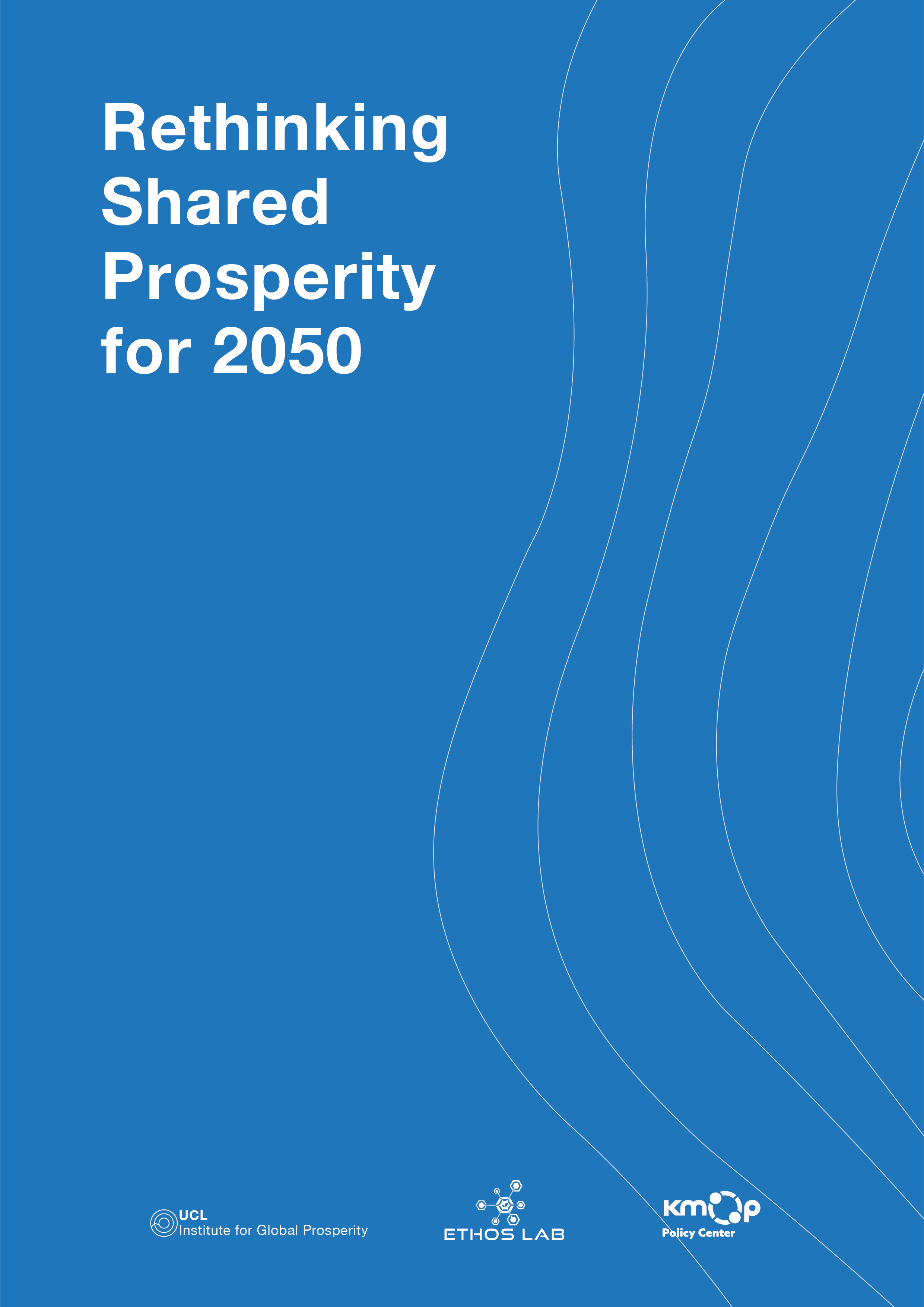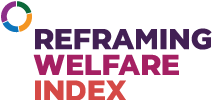Methodology
Assessing welfare disparities in EU Regions
By Georgios Melios1 and Pyrros Papadimitriou2
1Department of Psychological and Behavioural Science, London School of Economics and Political Science
2Department of Political Science and International Relations, University of Peloponnese
Following the Stiglitz, Sen and Fitoussi commission, a signifcant number of papers has been published providing alternative measures of progress and well-being to Gross Domestic Product. Most of these papers difer in terms of their theoretical approach as well as their purpose and statistical methodology used to defne what welfare is and how to measure it. In this paper, we construct a new composite index of welfare, the Reframing Welfare Index (RWI), that aims to assess disparities across European regions. Building on multilevel data and a system of structural equations, we aim to precisely measure 21 aspects of welfare (pillars) that are categorized in four key foundational causes of welfare.

